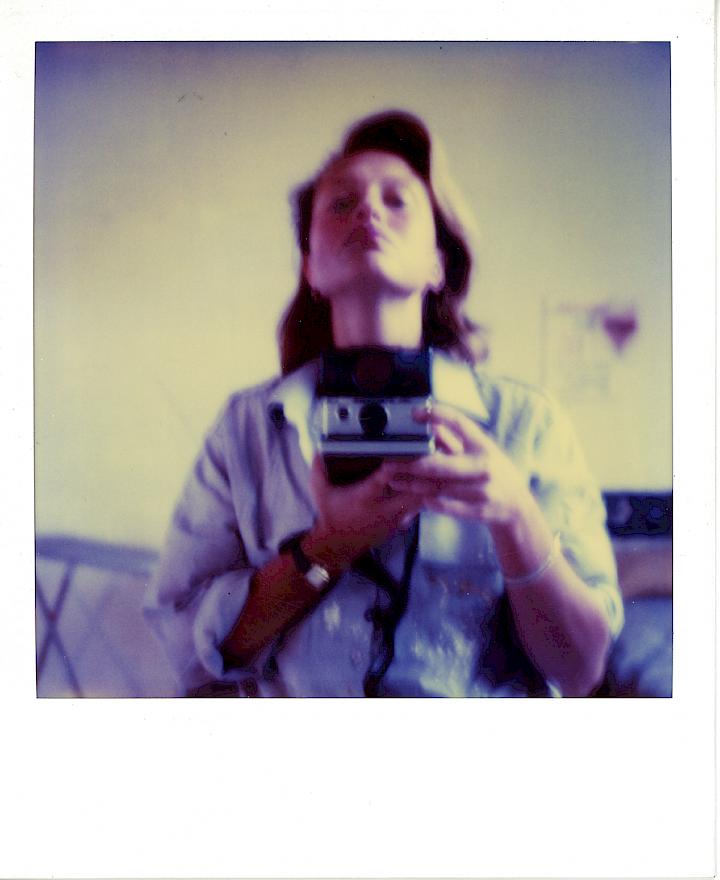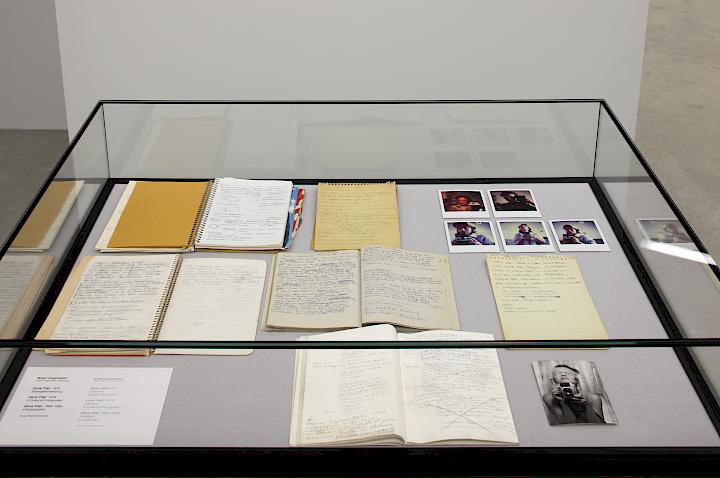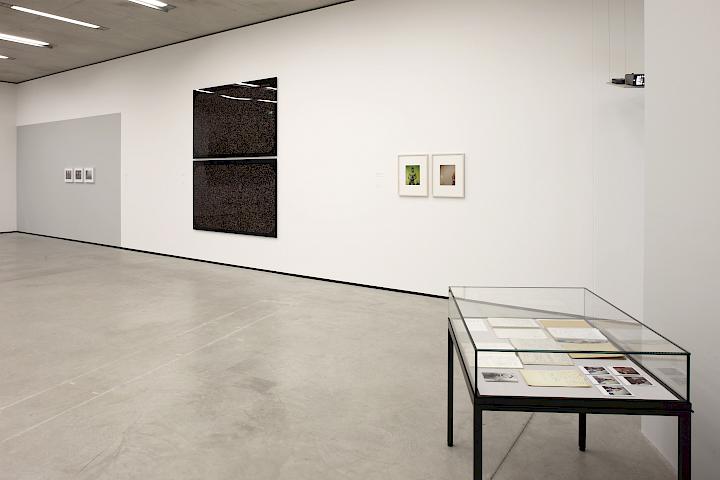18/06/14 till 13/09/15
Austrian Cultural Forum, New York (June 18 2014 - August 08 2014);
Museum der Moderne Salzburg, Mönchsberg (November 29 2014 - March 15 2015);
MUSAC, Léon (May 13 2015 - September 13 2015)
This exhibition is showing a selection of works from the Austrian Federal Photography Collection—on permanent loan at the Museum der Moderne Salzburg — put in dialogue with international artists and works of an expanded photography. The leitmotif of this exhibition is the creation of a self-portrait via self-timer. This practice, popular both in everyday life and in art, reciprocates with technical developments and shows itself in the release cables appearing in the compositions, the digital remote-control release, or the extended hand. In the moment of the camera’s clicking (which is even artificially reproduced in digital photography) the “I as autotimer” becomes prevalent and thus marks the relationship of subject and world, which has always been inseparably linked with the media. mehr
Thus the exhibition presents the omnipresent theme of photographic self-depiction throughout various generations within the context of a media-critical art history and continues to the present day as a story of self-timer photography as emancipatory “click.” The exhibition design conceived by Dorit Margreiter focuses on the interplay of showing and hiding, of private and public.
Artists: Bernadette Anzengruber, Renate Bertlmann, Katrina Daschner, Carola Dertnig, VALIE EXPORT, Heidi Harsieber, Sharon Hayes, Matthias Herrmann, AA Bronson & Matthias Herrmann, Birgit Jürgenssen, Barbara Kapusta, Friedl Kubelka, Roberta Lima, Anja Manfredi, Dorit Margreiter, Michaela Moscouw, Laurel Nakadate, Lilo Nein, Sasha Pirker, Hans Scheirl, Toni Schmale, Carolee Schneemann, Peter Weibel, Hans Weigand, Martha Wilson, Francesca Woodman
The exhibition has been shown in a smaller version at the Austrian Cultural Forum (ACF) New York, and is supported by the Federal Chancellery (Section II: Art).
Guest Curator: Felicitas Thun-Hohenstein, Professorin für Kunstgeschichte an der Akademie der bildenden Künste Wien



